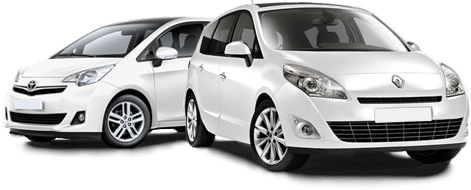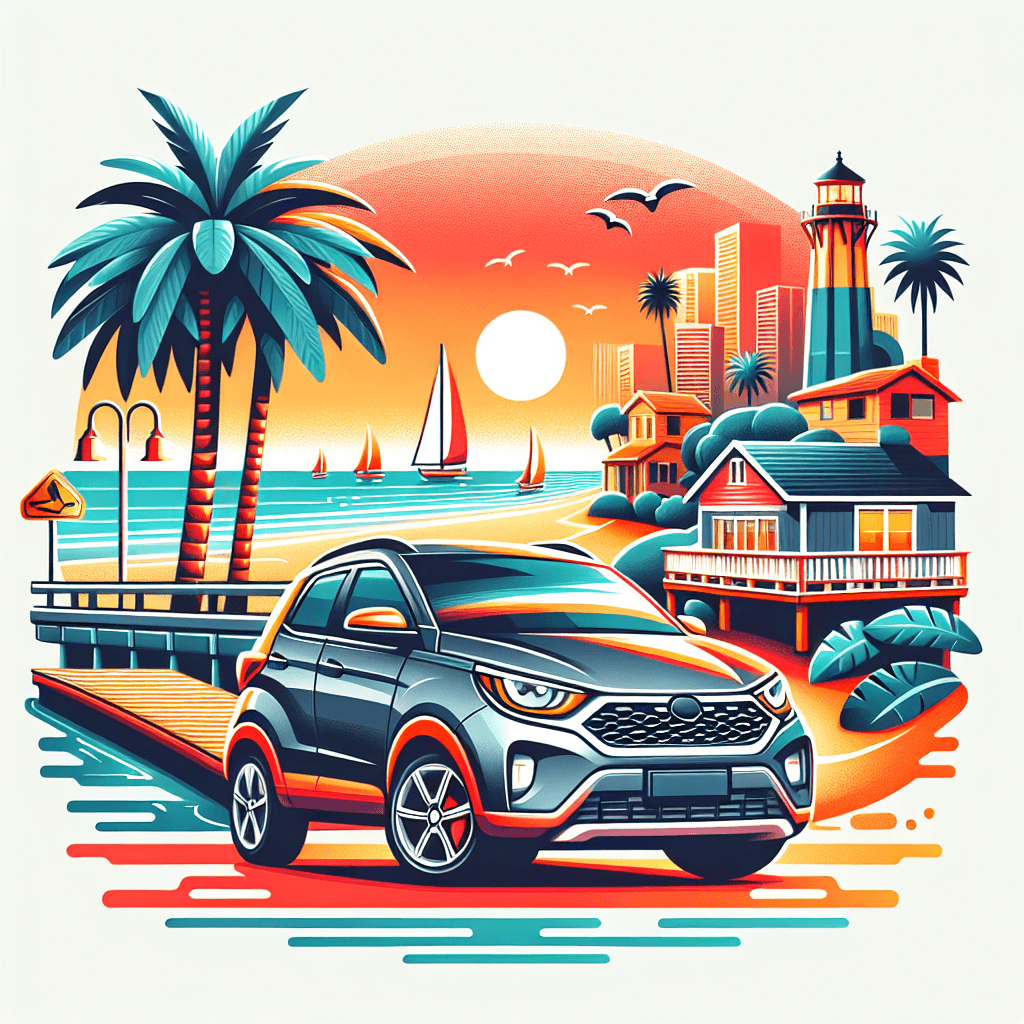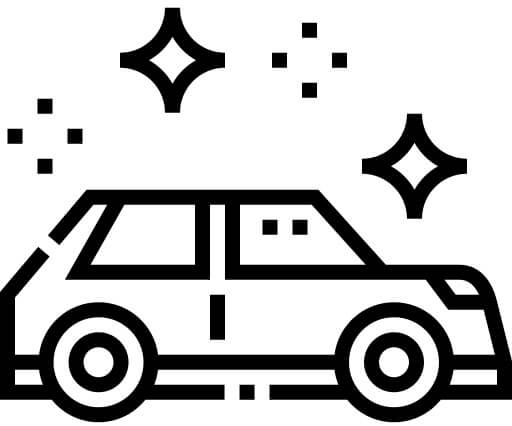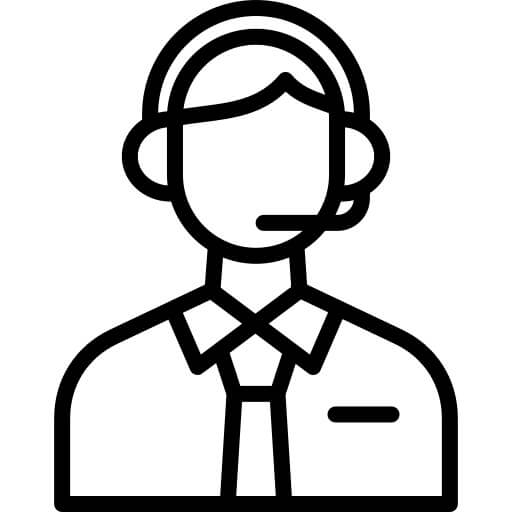Car Rental in Long Beach | Book at Unbeatable Prices

Compare Prices and Book from the Top Car Rentals






Car Rental in Long Beach
Experience the Vibrancy of Long Beach and its Surroundings on Wheels

Welcome to Long Beach, the perfect blend of urban sophistication and seaside resort relaxation. Nested within the heart of Southern California, this city showcases a unique waterfront playground filled with culture, adventure and entertainment offerings. Whether you're into art, beaches, food or scenery, Long Beach is the ideal destination for road trips and exploring the nearby renowned attractions.
Start off your journey with the car from the Queen Mary, the historic ocean liner that serves as a museum and hotel, and set sail through the downtown skyline of Long Beach, teeming with several points of interests. Just a few miles away and you can visit Aquarium of the Pacific on your car, serving as a home to over 11,000 animals housed in fifty exhibits, representing the biodiversity of the Pacific. Long Beach promises a journey filled with diverse experiences, waiting to be discovered.
Don’t forget to include a car visit to the scenic coastal drives leading to the breathtaking viewpoints of Palos Verdes Peninsula. These attractions are within manageable driving distances, ranging from 10 minutes to an hour, ensuring a memorable road trip around Long Beach. Heading south in your car, explore the Catalina Island or drive towards the north to reach the famous Disneyland Resort, the happiest place on earth. No matter what trip you embark on, Long Beach continues to offer splendid drives and unforgettable experiences on every turn.





